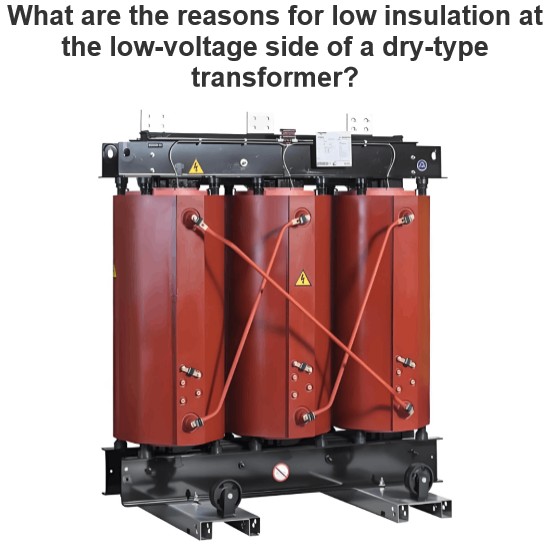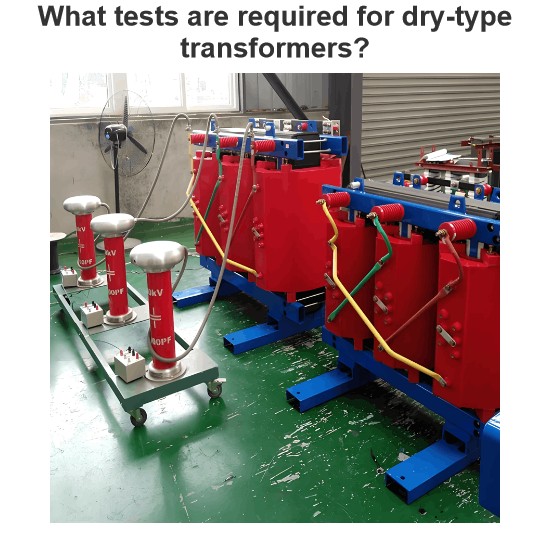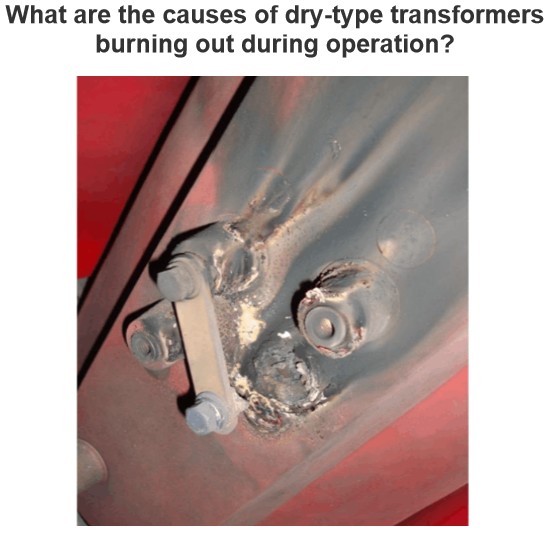What are the practical uses of transformers in power electronics?
Transformers play a crucial role in power electronics, with their primary uses including the following aspects:
Voltage transformation
The most fundamental function of a transformer is voltage transformation, which can adjust the voltage level at different stages of power generation, transmission, and distribution. Specifically, transformers can step up the electrical energy generated by power plants for long-distance transmission, reducing energy loss; at the end of transmission, transformers can also step down high-voltage electricity to meet the needs of end users.
Impedance transformation
Transformers also have the function of impedance transformation. By adjusting the ratio of turns in the primary and secondary coils, transformers can change the impedance in the circuit, thereby achieving good impedance matching and optimizing signal transmission and power transfer.
Phase Transformation
Transformers are capable of phase transformation. By altering the way the coil joints are connected, it is possible to adjust the phase of the signal voltage. This is very important in certain specific application scenarios, such as in audio amplifiers, where an audio input transformer can be used to distribute the original signal and its inverted signal to two power amplifying tubes, allowing them to alternate in amplifying positive and negative half-cycle signals.
Power transmission
In power systems, transformers are used for the transmission of electrical energy. Power systems are typically divided into high voltage and low voltage sides, with the high voltage side used for long-distance transmission and the low voltage side used to supply users. Transformers achieve efficient transmission of electrical energy by converting electrical energy from the high voltage side to the low voltage side.
Electric Energy Conversion
In addition to the conversion of AC power, transformers can also be used to convert AC power to DC power or DC power to AC power. This function is widely used in power systems for the conversion between AC transmission and DC transmission.
Stable Voltage
Transformers can also provide stable output voltage, ensuring the normal operation of the entire power system. This method can effectively protect users' electrical equipment from the impact of voltage fluctuations.
Isolation
Isolation Transformers: Provide electrical isolation to prevent direct electrical connections between the primary and secondary circuits, enhancing safety and reliability.
Power Load Distribution
In large industrial parks or commercial areas, transformers can properly distribute the electrical energy in the power system to ensure that the electricity needs of different users are met. By equipping appropriate transformers, flexible power load distribution can be achieved, improving the efficiency of the power system.
Protecting Electrical Equipment
When there is an overload or short circuit of electrical equipment in the system, the transformer will automatically cut off the current to prevent further damage to other equipment and send out alarm signals. This method can effectively protect the safe operation of the entire power system.
To sum up, transformers in power electronics have practical applications that cover voltage transformation, impedance transformation, phase transformation, power transmission, power conversion, voltage stabilization, power load distribution, and protection of electrical equipment. These functions make transformers an indispensable part of the power system.
The Electricity Encyclopedia is dedicated to accelerating the dissemination and application of electricity knowledge and adding impetus to the development and innovation of the electricity industry.













